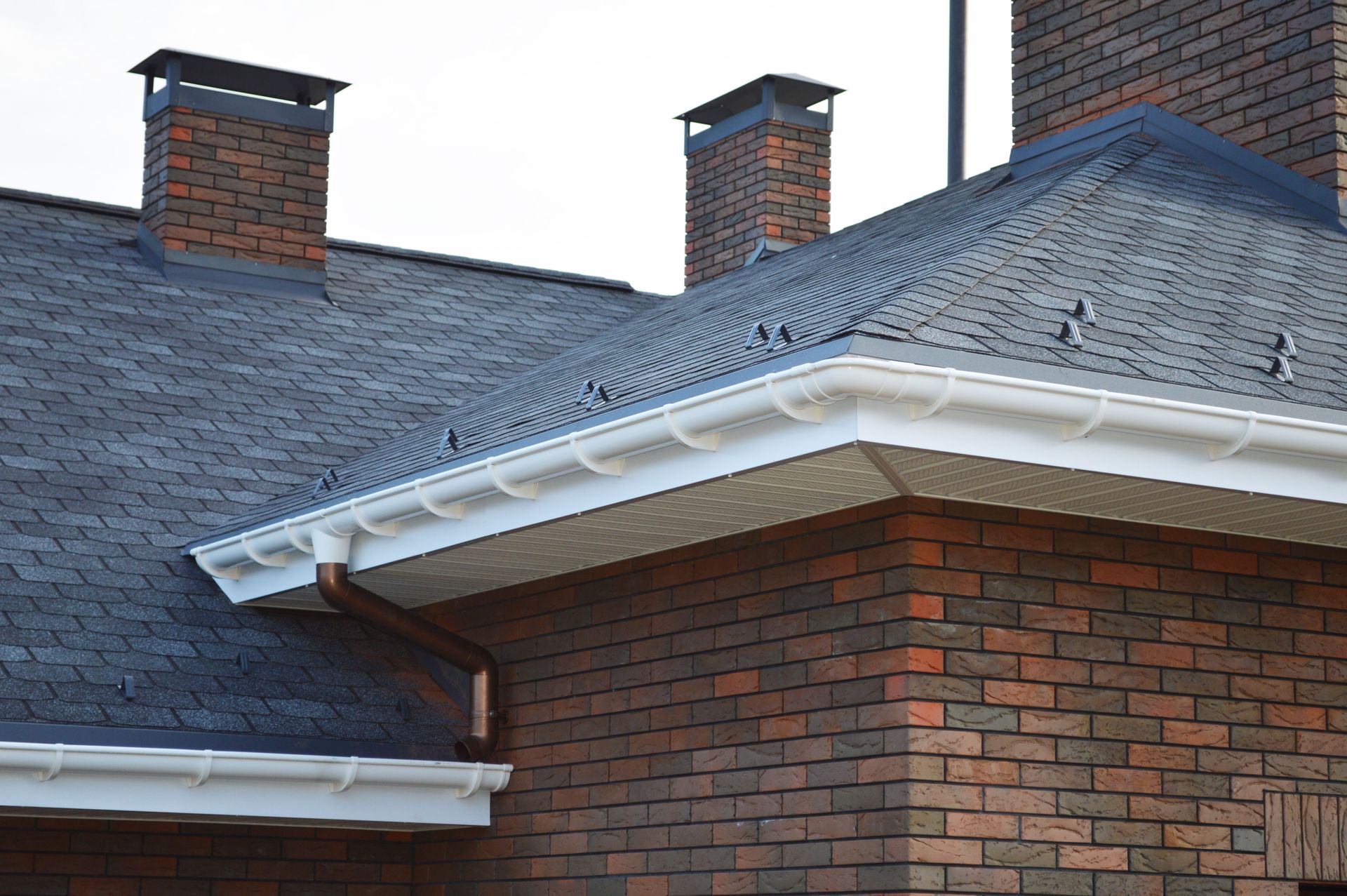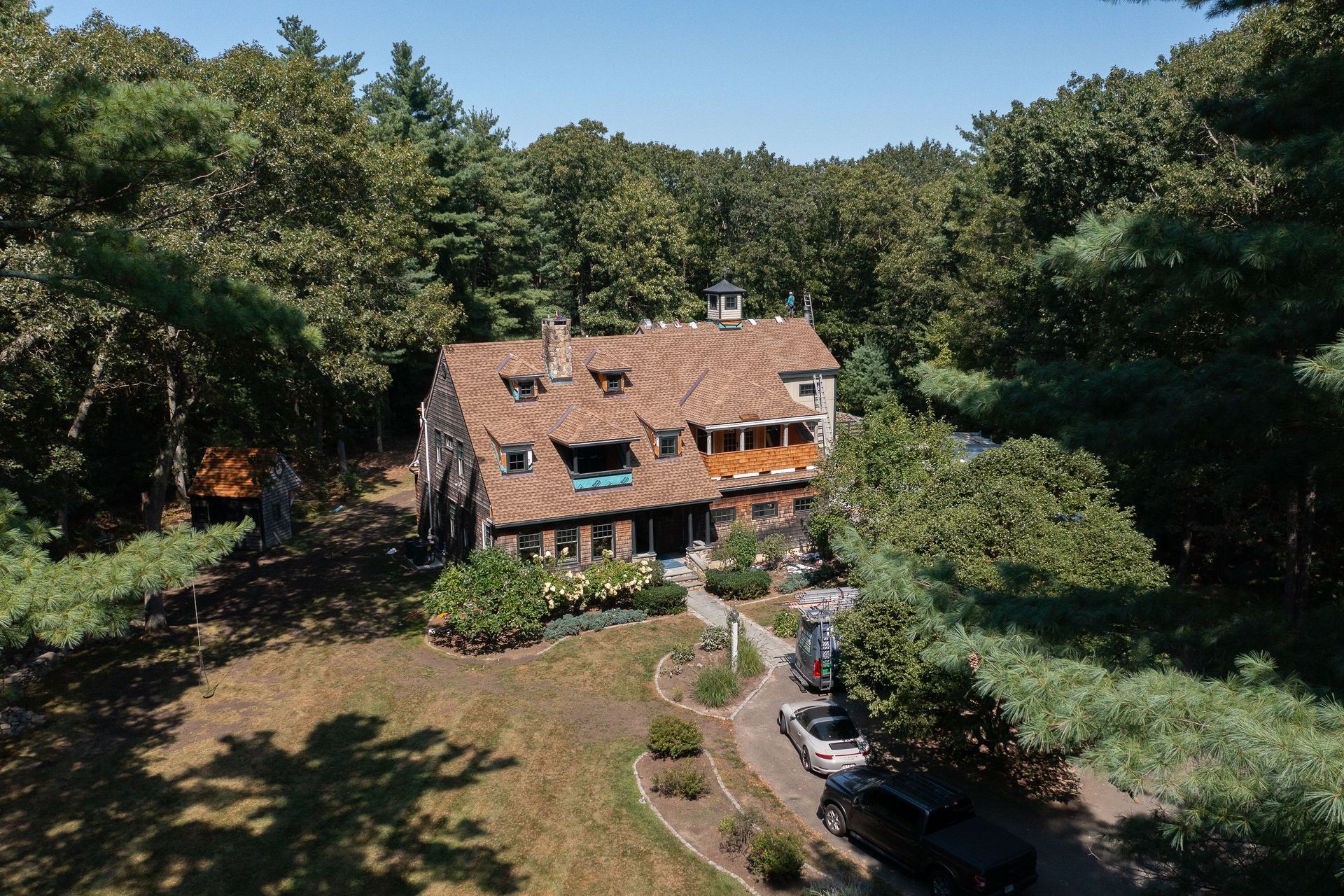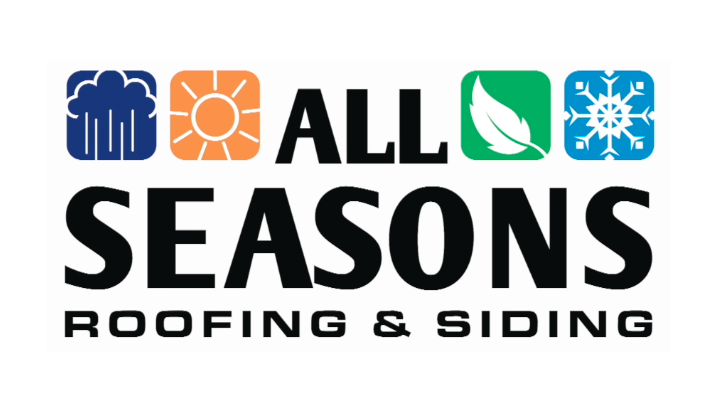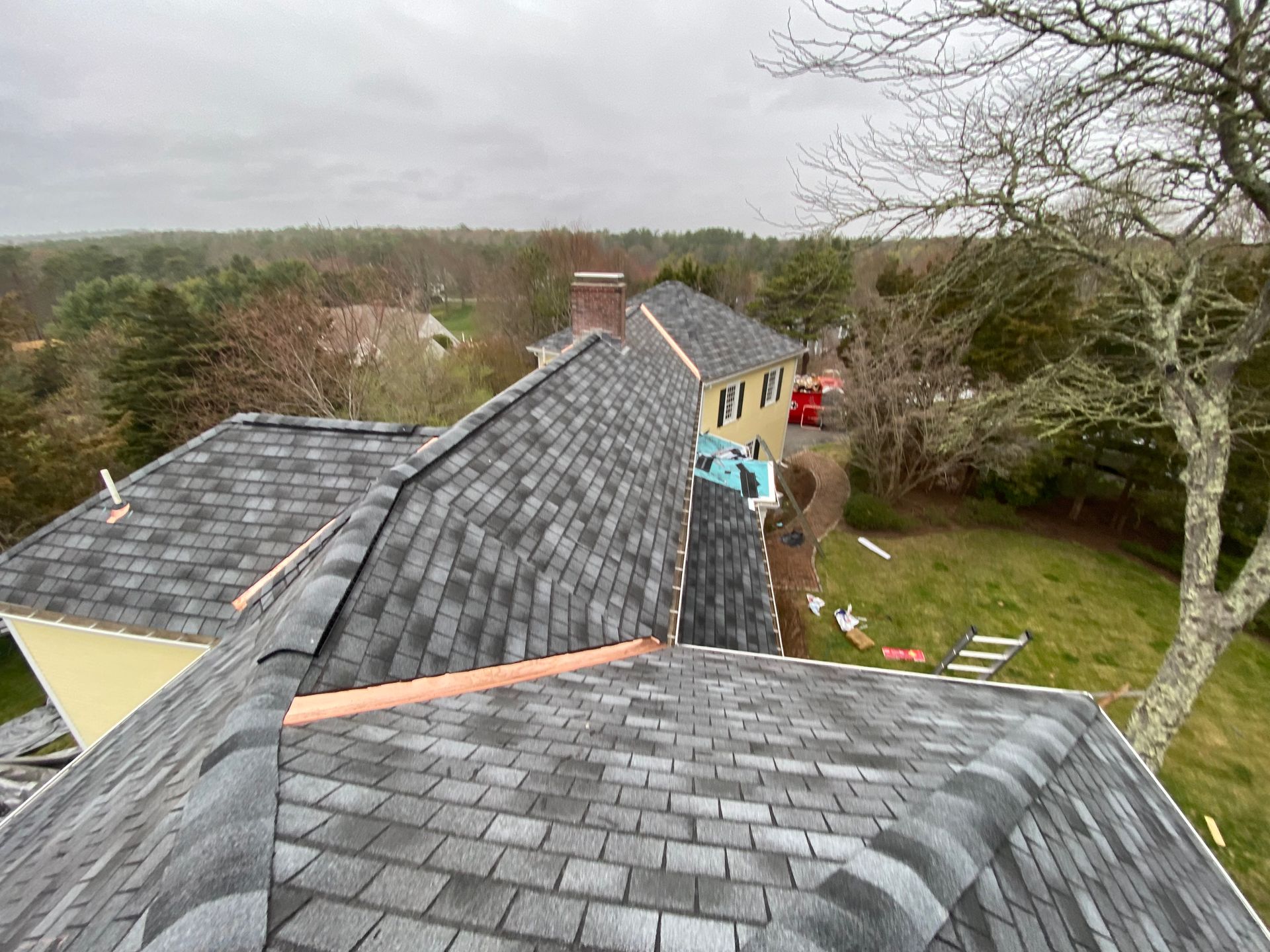By 7042538965
•
June 6, 2025
When your roof starts showing signs of wear, you're faced with a crucial decision that can impact your property's value, safety, and your wallet. Should you repair what's broken or invest in a complete replacement? This choice becomes even more critical for Massachusetts property owners, where harsh winters and unpredictable weather patterns put roofs through their paces year after year. The wrong choice doesn't just hit your budget – it can lead to structural damage, safety hazards, and costly emergency repairs down the road. Let's break down everything you need to know to make the right decision for your specific situation when you need residential roofing services . When Your Roof Sends Warning Signals: Understanding Common Damage Types Before diving into repair versus replacement, you need to understand what you're dealing with. Massachusetts roofs face unique challenges that can manifest in several ways: Water damage is the most common culprit we see. Leaks start small but can quickly escalate, especially when ice dams form during our brutal winters. You might notice water stains on ceilings, peeling paint, or even mold growth in severe cases. Punctures and tears often result from falling branches, hail, or debris carried by strong winds. These create immediate entry points for water and can compromise your roof's structural integrity if left unaddressed. Ponding water is particularly problematic for flat or low-slope roofs common on commercial buildings. When water sits on your roof for more than 48 hours, it can lead to membrane degradation and eventual collapse. Billowing or lifting occurs when roofing materials separate from the surface, often due to poor installation or extreme weather conditions. This creates weak spots that can quickly spread across larger areas. The key is catching these issues early. Professional roof inspections can reveal problems before they become catastrophic, potentially saving you from a full replacement when a targeted repair would suffice. Is Roof Repair Right for Your Situation? Roof repair makes sense in specific scenarios, and knowing when to choose this option can save you significant money while extending your roof's life. Consider repair when: Your roof is less than 15 years old and generally in good condition Damage is isolated to specific areas (less than 30% of the total roof) You're dealing with minor leaks, a few damaged shingles, or small punctures Your budget is tight, and you need a temporary solution Benefits of choosing repair: Cost-effective for minor issues – You'll spend hundreds rather than thousands Minimal disruption to your daily life or business operations Quick turnaround – Most repairs can be completed in a day or two Preserves your existing investment in a relatively new roof However, repairs aren't always the magic bullet they appear to be. The main drawback is that they're often temporary fixes for deeper problems. If your roof is older or has multiple issues, you might find yourself calling for repairs repeatedly, which can quickly add up to more than a replacement would have cost. Recent data shows that neglecting roof damage can lead to more repairs and higher costs down the road, making it crucial to assess whether a repair is truly solving the problem or just postponing it. When Roof Replacement Becomes the Better Investment Sometimes, trying to patch up an aging roof is like putting a Band-Aid on a broken dam. Roof replacement becomes the smarter choice when you're dealing with: Age-related deterioration – If your roof is approaching or exceeding its expected lifespan (typically 20-25 years for asphalt shingles), replacement often makes more financial sense than continuous repairs. Extensive damage covering more than 30% of your roof surface. At this point, the cost of multiple repairs often exceeds replacement costs. Recurring problems that keep coming back despite repeated repair attempts. This usually indicates underlying structural issues that repairs can't address. Energy efficiency concerns – Older roofs often lack proper insulation and ventilation, leading to higher energy bills that a new roof can help reduce. Benefits of replacement: Long-term solution that addresses all existing and potential issues Increased property value – With the U.S. roofing market projected to reach $33.44 billion by 2030, quality roofing continues to be a valuable investment Improved energy efficiency through modern materials and installation techniques Enhanced curb appeal that can make your property more attractive to potential buyers Peace of mind knowing your roof is in prime condition for decades to come The main drawbacks are the higher upfront cost and temporary disruption during installation. However, with modern materials like metal roofs lasting 40 years or more compared to asphalt shingles' 20-year lifespan, the long-term value often justifies the initial investment. Making the Decision: Your Complete Evaluation Framework The repair-versus-replacement decision shouldn't be made on cost alone. Here's how we help our clients evaluate their options: The 30% Rule If damage or deterioration affects more than 30% of your roof, replacement typically offers better value. This threshold accounts for the fact that widespread issues often indicate systemic problems that repairs can't fully address. Age and Condition Assessment For roofs under 10 years old : Repair is usually the right choice unless you're dealing with severe storm damage or manufacturing defects. For roofs 10-20 years old : This is the gray area where professional assessment becomes crucial. The decision often depends on maintenance history and the extent of current issues. For roofs over 20 years old : Replacement is often the better long-term investment, especially if you're facing multiple repair needs. Financial Considerations Current Massachusetts replacement costs range from $10,000 for basic materials to $36,000 or more for premium options. Compare this against: The cost of needed repairs Likely future repair costs over the next 5-10 years Energy savings from a new roof Increased property value Future Plans If you're planning to sell within the next few years, a new roof can be a selling point. If you're staying long-term, factor in the total cost of ownership over the roof's expected lifespan. The Hidden Costs of Waiting: Why Timing Matters Putting off roof issues might seem like a way to save money, but the reality is quite different. Delaying necessary roof work can lead to: Structural damage that extends far beyond the roof itself. Water infiltration can damage ceiling joists, insulation, and even foundation elements. Mold and health issues develop when moisture enters your building. Remediation costs can quickly exceed the price of roof replacement. Energy waste from compromised insulation and air leaks. Your heating and cooling systems work harder, driving up utility bills. Insurance complications – Many policies won't cover damage that results from neglected maintenance. Emergency repair costs are typically 2-3 times higher than planned work, especially during storms when contractors are in high demand. We've seen situations where a $2,000 repair, when delayed, turned into a $25,000 emergency replacement plus interior restoration costs. The lesson is clear: address roof issues promptly, whether through repair or replacement. Massachusetts Weather: Why Location Matters for Your Decision Our New England climate adds another layer to the repair-versus-replacement decision. Massachusetts weather patterns create unique challenges: Ice dams from repeated freeze-thaw cycles can cause extensive damage in a single season. If your roof is already compromised, these conditions can quickly turn minor issues into major problems. High winds from nor'easters and occasional hurricanes can exploit weak points in aging roofs. What starts as a small loose shingle can become a large area of damage in a single storm. Heavy snow loads test your roof's structural integrity. Older roofs with existing issues are more likely to fail under extreme weight. Humidity and temperature swings accelerate material degradation, meaning repairs on older roofs may not last as long as they would in more stable climates. Industry experts note that late fall or early spring is often the cheapest time for roof replacements in the Boston area, making timing another factor in your decision-making process. Professional Assessment: When to Call in the Experts While you can spot obvious issues like missing shingles or visible leaks, a professional evaluation is essential for making the right repair-versus-replacement decision. Here's what we look for during our assessments: Structural integrity – We check for sagging, damaged decking, or compromised support structures that might not be visible from the ground. Flashing condition – These critical components around chimneys, vents, and roof edges often fail before the main roofing material. Ventilation adequacy – Poor ventilation can cause premature aging and ice dam formation. Code compliance – Older roofs may not meet current building codes, which could affect insurance coverage and resale value. Material condition – We assess the remaining useful life of your current roofing materials. Our free estimates include a comprehensive report that helps you understand not just what needs to be done, but why. This information is crucial for making an informed decision that aligns with your budget and long-term goals. Frequently Asked Questions How long does a typical roof repair take? Most repairs can be completed in 4-8 hours, depending on the extent of damage and weather conditions. We aim to minimize disruption to your daily routine. Can I repair just part of my roof? Yes, localized repairs are often effective for addressing specific issues. However, if you're dealing with multiple problem areas, replacement might be more cost-effective. What's the best time of year for roof work in Massachusetts? Late spring through early fall offers the best weather conditions. However, we provide emergency repair services year-round when needed. How can I tell if my roof needs professional attention? Look for missing or damaged shingles, water stains on ceilings, granules in gutters, or any visible sagging. When in doubt, schedule a professional inspection. Will my insurance cover roof repair or replacement? Coverage depends on the cause of damage and your specific policy. We work with insurance companies to help document damage and support your claim. Ready to Make the Right Choice for Your Roof? The decision between roof repair and replacement doesn't have to be overwhelming. With proper assessment, consideration of your specific circumstances, and professional guidance, you can make a choice that protects your property and fits your budget. At All Seasons Roofing, we're committed to helping Massachusetts property owners make informed decisions about their roofing needs. Whether you need a quick repair to address storm damage or a complete replacement to set your property up for decades of protection, we're here to help. Don't wait for small problems to become big headaches. Contact us today for a free, no-obligation assessment of your roof's condition. We'll provide you with a detailed evaluation and honest recommendations based on your specific situation, budget, and goals. Your roof is too important to leave to chance. Let's work together to keep your property protected, comfortable, and valuable for years to come. Name, Address and Phone All Seasons Roofing 21 Summer Hill Rd, Medway, Massachusetts, 02053, US 508-233-4333 .





Share On: